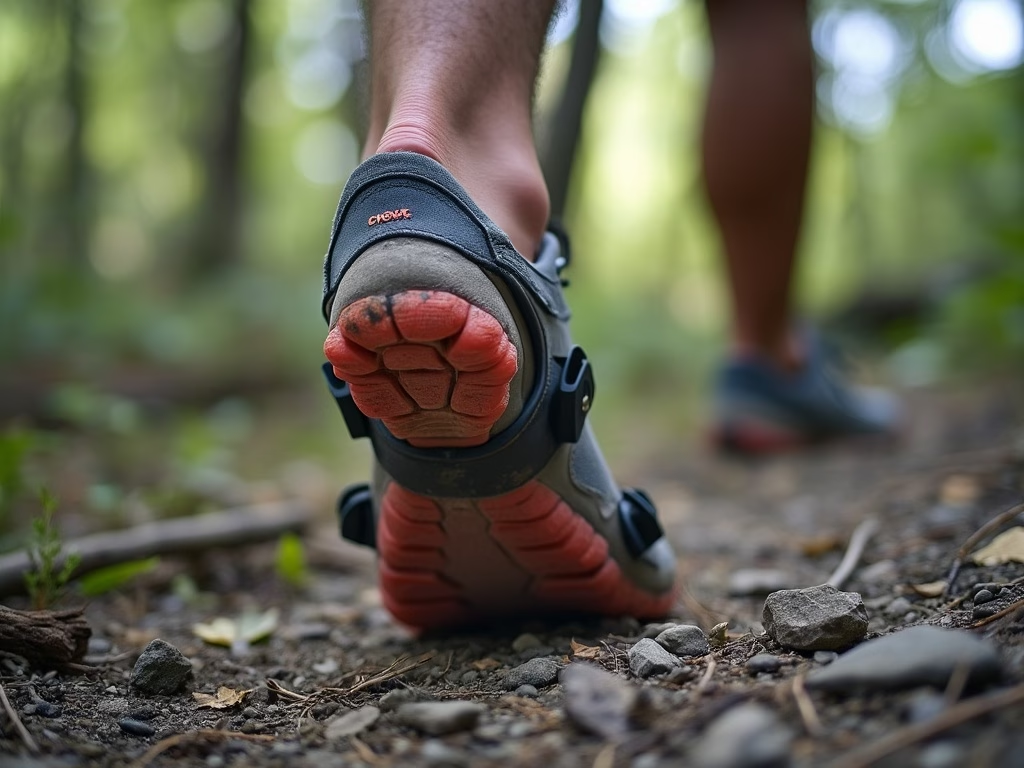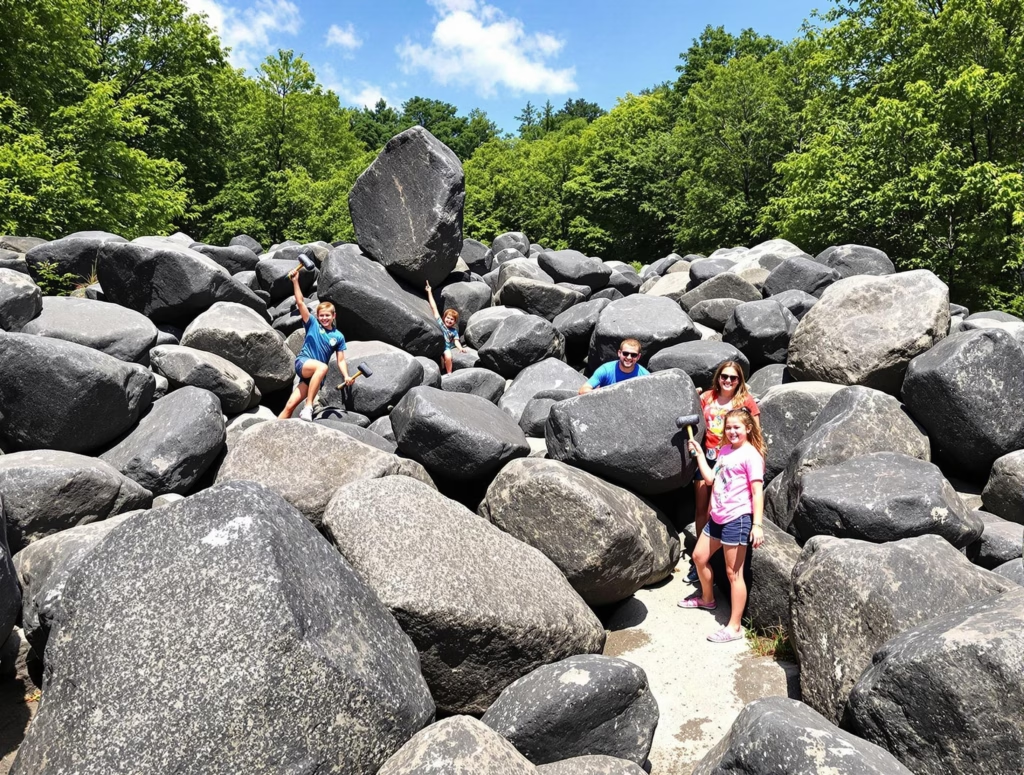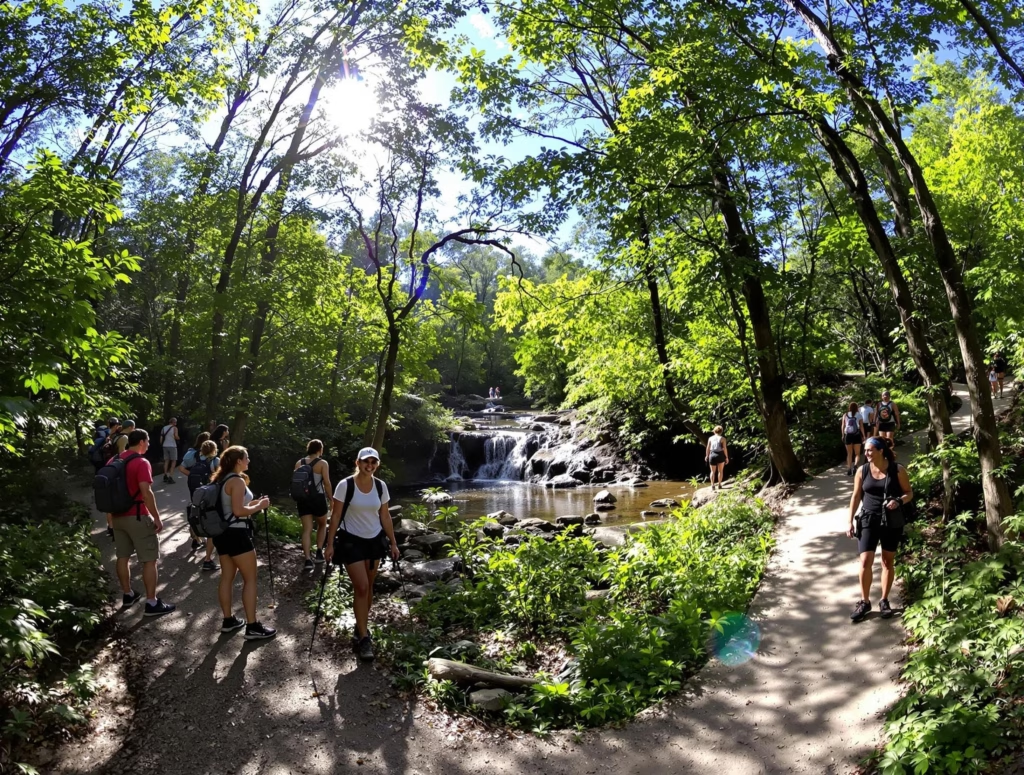Hiking without a toenail presents a unique challenge for outdoor enthusiasts. While it may seem daunting, proper preparation and understanding of foot care can make toenail-less trekking not only possible but also comfortable and enjoyable.
Key Takeaways:
- Toenail loss is common among hikers due to repeated impact and ill-fitting shoes
- Proper shoe fitting and lacing techniques are crucial for comfortable hiking
- Moisture-wicking socks and multiple sock layers provide additional protection
- Managing existing toenail issues requires careful preparation and post-hike care
- Consulting a podiatrist is important for persistent toe pain or issues
The Toe-Tally Unexpected Challenge: Hiking Without a Toenail
Picture this: You’re standing at the trailhead, ready to embark on your next adventure, but there’s something different – you’re missing a toenail. The sensation is odd, a mix of vulnerability and heightened awareness of every step. This scenario is more common than you might think among hikers.
Toenail loss, or onychoptosis in medical terms, is often caused by repeated impact, ill-fitting shoes, or extensive downhill hiking. These factors can lead to significant foot swelling, which is why it’s crucial to have extra room in your hiking boots. In fact, many experienced hikers recommend shoes at least a half-size larger than your street shoes for hiking trails with elevation.
Equipping Your Feet for the Trail: A Hiker’s Guide to Toenail-Less Trekking
When hiking without a toenail, proper foot equipment becomes even more crucial. Start with shoe fitting. Your hiking boots should have ample room in the toe box to accommodate swelling and prevent pressure on your sensitive toe.
Next, master effective lacing techniques. The overhand and heel lock methods can significantly improve comfort and stability. Here’s how to do a basic heel lock:
- Lace your boots normally up to the second-to-last eyelet
- Create a loop on each side using the top eyelets
- Cross the laces and thread them through the opposite loop
- Pull tight and tie as usual
Choosing the right socks is equally important. Opt for moisture-wicking materials like wool, which helps prevent blisters and keeps your feet dry. Consider using multiple layers of socks for additional cushioning and protection.
Don’t forget about trekking poles. They can significantly reduce pressure on your toes, especially during downhill sections, making them invaluable for hikers dealing with toenail issues.
The Nail-Biting Truth: Managing Existing Toenail Issues on the Trail
If you’re dealing with toenail problems, proper preparation is key. Black toenails, often caused by repetitive trauma, appear dark and can be tender. Separating nails may look loose or detached from the nail bed. Before hitting the trail, follow these steps:
- Trim any loose edges to prevent snagging
- Apply antibiotic ointment to prevent infection
- Use athletic tape or bandages for protection
After your hike, give your feet some TLC. Soak them in Epsom salt to reduce inflammation and wear open-toed shoes to promote healing. Remember, growing a new toenail can take several weeks to months, so patience is crucial.
Beyond the Toenail: Holistic Approaches to Foot Health for Hikers
Ignoring toenail issues can lead to more serious problems, including joint dysfunction and gait changes. If you experience persistent toe pain, don’t hesitate to consult a podiatrist. They can provide specialized advice and treatments for hikers with chronic foot issues.
For those prone to toenail problems, consider adjusting your hiking style. This might mean opting for shorter, less strenuous hikes or reducing pack weight to minimize strain on your feet. These adaptations can make a significant difference, especially for those hiking with existing conditions.
From an evolutionary perspective, human feet are designed for long-distance walking. However, modern footwear and terrains present new challenges. By understanding and addressing these challenges, we can continue to enjoy the trails while keeping our feet healthy – with or without toenails.
Sources:
Greenbelly
Clever Hiker
Hiking and Climbing



